Sunshine, Daisies, Butter Mellow: Cultural Significance of Yellow
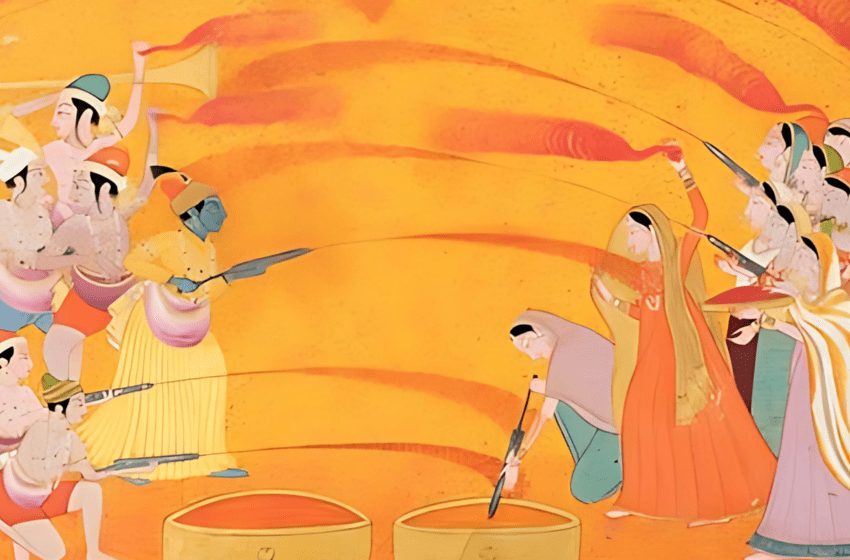
In a world adorned with the vibrant hues of nature’s palette, few colours command attention quite like yellow. It dances through the air in the golden radiance of autumn leaves, whispers secrets in the gentle flutter of canary wings, and bursts forth in the cheerful petals of daffodils heralding the arrival of spring. From the warmth of a sun-kissed lemon to the buttery embrace of ripe bananas, yellow is a ubiquitous presence, painting our world with hues of joy and vitality. But beneath its luminous facade lies a tapestry woven with tales of cultural symbolism, historical significance, and the intricate dance between light and perception.

Yellow holds a unique place in the human psyche, evoking a spectrum of emotions and associations. Across cultures, it embodies both the brightness of sunshine and the warmth of friendship. It symbolises happiness, spontaneity, and amusement, yet also carries connotations of envy, greed, and even cowardice in some contexts. From regal associations of ancient civilizations to the sombre reminders of darker chapters in history, yellow’s significance spans centuries and continents, offering a captivating glimpse into the complexities of human perception and interpretation. Join us as we delve into the multifaceted world of yellow – a colour that illuminates our lives in ways both profound and enigmatic.
Yellow occupies a significant place on the spectrum of light, nestled between green and orange, with a dominant wavelength of approximately 575–585 nm. It serves as a primary color in subtractive color systems, vital in painting and color printing, while in the RGB model, used for television and computer screens, yellow emerges as a secondary color, formed by blending red and green equally. Carotenoids, found in various natural elements from autumn leaves to lemons, imbue them with their characteristic yellow hue, safeguarding plants from photo damage.
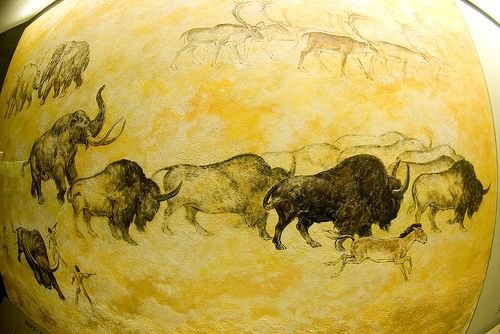
Historically, yellow ochre was among the earliest pigments utilized in art, evident in ancient works such as the 17,000-year-old yellow horse painting in France’s Lascaux cave. Across civilizations, yellow held diverse symbolism, representing both regality and stigma. In the early Christian church, it symbolized the Pope’s authority yet marked heretics. Similarly, during the 20th century, it became a symbol of oppression, as Jews in Nazi-occupied Europe were compelled to wear yellow stars. Despite its varied interpretations, yellow universally evokes emotions ranging from happiness and gentleness to envy and cowardice, reflecting its complex role in human perception and culture.
Etymology
The word “yellow” traces its origins to the Old English word “geolu” or “geolwe,” which evolved from the Proto-Germanic word “gelwaz.” This term is believed to be connected to the Proto-Indo-European root *ghel-, meaning “to shine” or “gleam.” Across languages, variations of this root give rise to words for yellow, reflecting its association with brightness and radiance. Over time, “yellow” has remained remarkably consistent in its meaning and pronunciation, maintaining its place as a vibrant descriptor of the distinctive hue between green and orange on the spectrum of light.
Yellow in Indian Culture
In Indian cultural practices, yellow transcends mere aesthetics, embodying layers of symbolism, tradition, and spiritual significance. Rooted deeply in the country’s diverse tapestry of beliefs and customs, the colour holds sway over various aspects of life, from birth to death, and everything in between.
During auspicious occasions like weddings, yellow assumes a central role, symbolizing fertility, prosperity, and happiness. The bride often wears vibrant yellow attire, adorned with intricate patterns and embellishments, reflecting the joyous union and promising beginnings. In some regions, haldi (turmeric) ceremonies precede weddings, where family and friends apply a paste of turmeric and other auspicious ingredients to the bride and groom’s skin, bestowing blessings and protection against evil spirits.

Festivals like Vasant Panchami highlight yellow’s significance as a harbinger of spring and renewal. Devotees don yellow attire and offer prayers to Saraswati, the goddess of wisdom and knowledge, depicted draped in yellow garments, symbolising the awakening of consciousness and the pursuit of enlightenment.
In Hinduism, yellow is revered as the colour of knowledge, learning, and spirituality. Texts like the Bhagavad Gita extol the virtues of a seeker adorned in yellow, representing purity of thought and devotion to higher truths.
Temples across India feature yellow prominently in their architecture and decor, evoking a sense of divine radiance and purity. From intricate rangoli designs adorning thresholds to marigold garlands adorning sacred spaces, yellow infuses everyday life with a sense of reverence and spiritual connection.
A brief history of Yellow across the ages
Throughout the annals of human history, the color yellow has woven itself intricately into the fabric of civilization, leaving an indelible mark on art, culture, and society. From the prehistoric caves of Lascaux to the contemporary installations of modern artists, yellow has transcended mere pigment to become a symbol of myriad emotions, concepts, and ideologies.
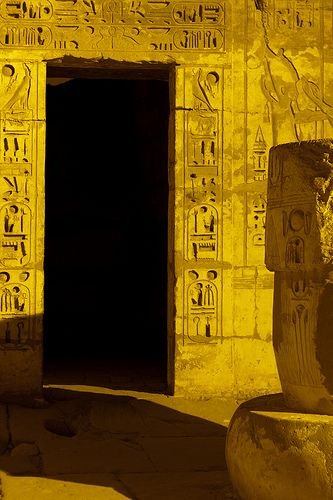
In prehistoric times, the earliest humans turned to yellow ochre pigment, derived from clay, to adorn the walls of their caves with images that resonate across millennia. Among these ancient artworks, the renowned Lascaux cave boasts a 17,300-year-old depiction of a yellow-hued horse, a testament to humanity’s early fascination with the vibrant hue.
The ancient Egyptians revered yellow for its association with gold, a metal they considered imperishable, eternal, and indestructible. Within their tombs, the skin and bones of gods were depicted in golden hues, symbolizing divine immortality. The Egyptians utilized yellow extensively in their tomb paintings, employing pigments such as yellow ochre and the brilliant orpiment, despite its toxic nature. A small paintbox containing orpiment pigment was even discovered in the tomb of King Tutankhamun, underscoring the color’s significance in ancient Egyptian art and culture.
Similarly, the ancient Romans incorporated yellow into their paintings to represent gold, the ultimate symbol of opulence and wealth. In the murals of Pompeii, yellow found frequent expression, both in the depiction of precious metals and in the portrayal of human skin tones, showcasing its versatility as a pigment in ancient art.
As history progressed into the post-classical period, yellow became firmly associated with Judas Iscariot, the disciple who betrayed Jesus Christ, despite the Bible never describing his clothing. This connection imbued yellow with connotations of envy, jealousy, and duplicity, shaping its symbolism for centuries to come.
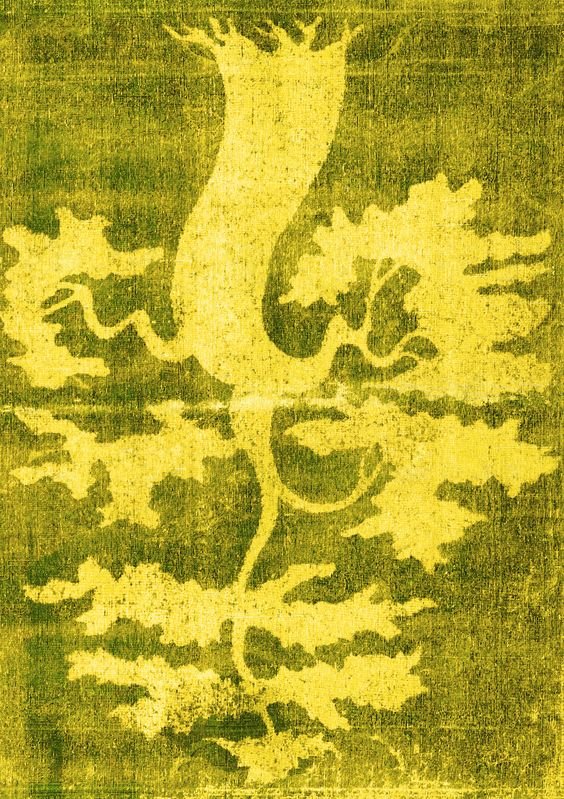
During the Renaissance, yellow took on new layers of meaning as a symbol of exclusion and stigma. In 16th-century Spain, those accused of heresy and unwilling to renounce their beliefs were compelled to appear before the Spanish Inquisition dressed in a yellow cape, marking them as outsiders and targets of suspicion.
Yet, amid these associations of stigma and exclusion, yellow also emerged as a symbol of wealth and finance. The National Pawnbrokers Association’s logo features three golden spheres, referencing the three bags of gold held by St. Nicholas, the patron saint of pawnbroking. Similarly, the coat of arms of the House of Medici, a prominent fifteenth-century Italian dynasty of bankers and lenders, prominently features three golden orbs, symbolizing their financial prowess and influence.
The 18th and 19th centuries witnessed the discovery and proliferation of synthetic pigments, revolutionizing the world of art and allowing artists to explore the emotional depth and luminosity of yellow. Renowned painters like Jean-Honoré Fragonard and J. M. W. Turner embraced the color, using it to evoke moods and emotions in their masterful works. Fragonard’s “A Young Girl Reading,” painted circa 1776, features a young girl dressed in a bright saffron yellow dress, captivating viewers with its warmth and vibrancy. Turner, in his masterpiece “Rain, Steam, and Speed – the Great Central Railway,” utilized glowing yellow clouds to convey the atmospheric conditions of the scene, showcasing yellow’s versatility as a tool for artistic expression.
In the 20th and 21st centuries, yellow continued to evolve in its symbolism and significance. It became a symbol of exclusion once again during the Holocaust, as Jews in Nazi Germany and German-occupied countries were required to wear yellow triangles bearing the Star of David on their clothing. This dark chapter in history underscored yellow’s capacity to evoke emotions ranging from solidarity and resistance to oppression and persecution.
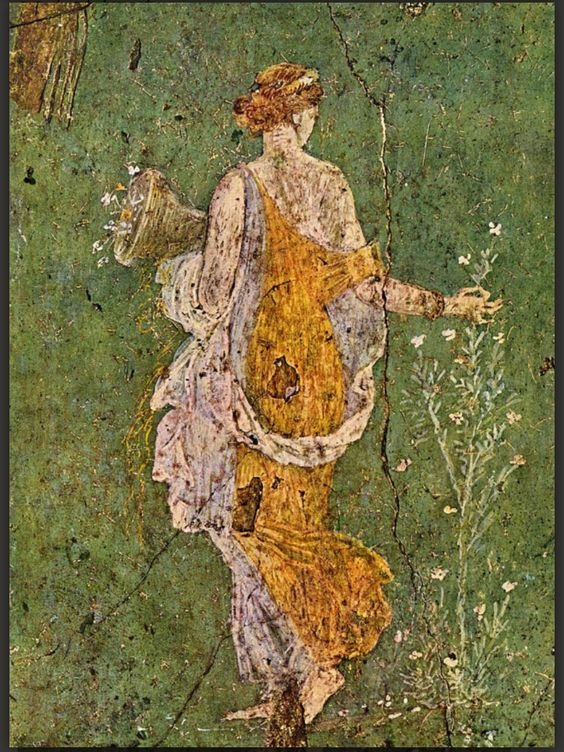
Despite its tumultuous history, yellow also retained its associations with visibility and safety, particularly in the realm of transportation and signage. In the 20th century, yellow replaced red as the color of choice for fire trucks and other emergency vehicles due to its high visibility, while neon signs in cities like Las Vegas and Shanghai often featured vibrant yellow hues to attract attention.
Contemporary artists continue to explore yellow’s potential for expression and experience in the 21st century. Olafur Eliasson’s “The Weather Project,” installed in the Turbine Hall of London’s Tate Modern in 2003, invited viewers to immerse themselves in an environment bathed in yellow light, prompting reflection on the interplay of perception, color, and space.
Symbolism of Yellow
In contemporary society, the colour yellow continues to hold multifaceted symbolism, resonating with diverse meanings and associations that reflect the complexities of the modern world. One prominent contemporary symbolism of yellow is its connection to positivity, optimism, and happiness. In a world often beset by challenges and uncertainties, yellow serves as a beacon of hope, inspiring individuals to embrace joy and resilience in the face of adversity.

Moreover, yellow is frequently associated with creativity, innovation, and intellect, embodying the spirit of ingenuity and forward-thinking. In art and design, yellow evokes a sense of vibrancy and dynamism, symbolising the boundless possibilities of human imagination and expression.
Additionally, yellow carries connotations of energy and vitality, symbolising a zest for life and a willingness to embrace new experiences. Whether in fashion, interior design, or branding, the color yellow often signifies a sense of youthfulness and spontaneity, encouraging individuals to live boldly and authentically.
However, like all colours, yellow also has its darker connotations in contemporary society. It can symbolize caution, warning, and danger, particularly in contexts such as traffic signs and hazard warnings. Similarly, yellow may evoke feelings of anxiety or unease in certain individuals, particularly when associated with sickness or decay.
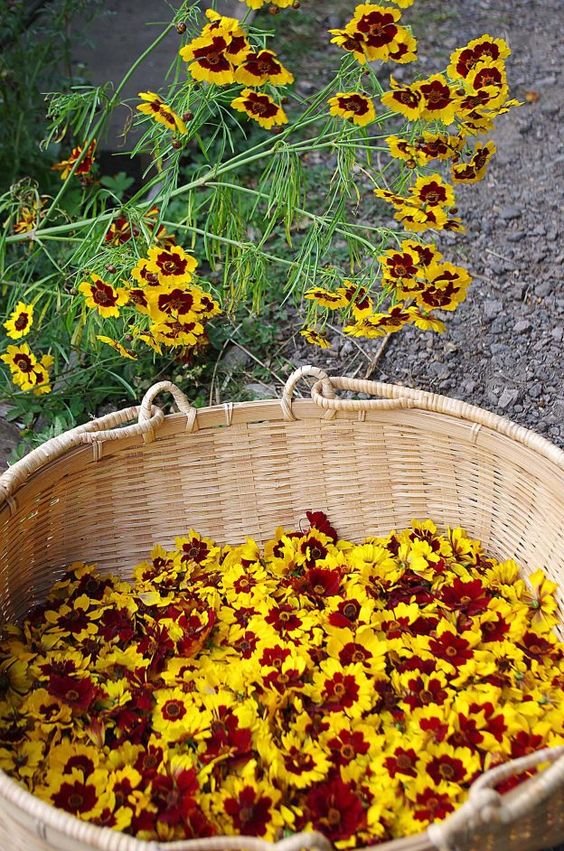
Conclusion
In conclusion, the color yellow holds a profound significance and importance that transcends time, culture, and context. From its earliest use in prehistoric cave art to its contemporary manifestations in art, culture, and society, yellow has served as a symbol of emotion, ideology, and identity. Its vibrant hues evoke feelings of positivity, optimism, and creativity, inspiring individuals to embrace joy and resilience in the face of adversity. Moreover, yellow symbolizes energy, vitality, and innovation, reflecting humanity’s enduring quest for progress and self-expression. Yet, yellow also carries darker connotations of caution and danger, reminding us of the complexities inherent in its symbolism. Overall, the enduring relevance of yellow lies in its ability to capture the full spectrum of human experience, from the brightest moments of triumph to the shadows of uncertainty, making it a color of unparalleled depth and resonance in the tapestry of human existence.


